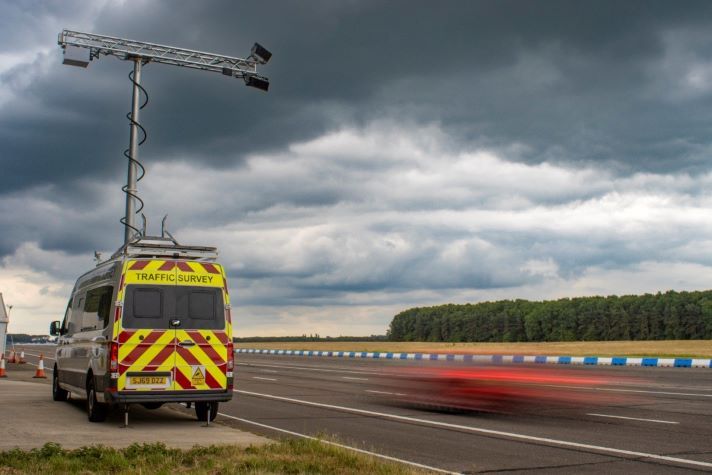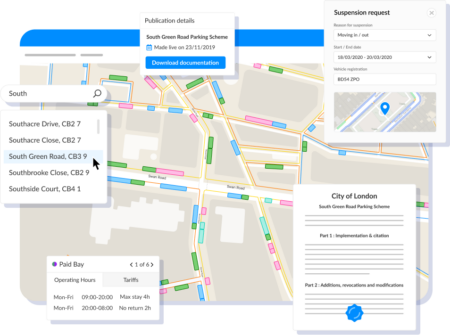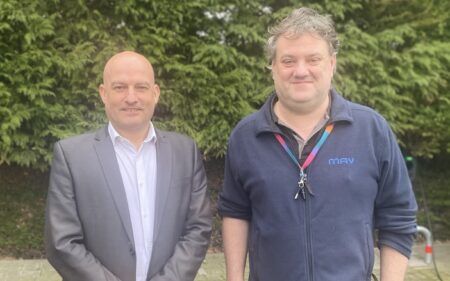New mobile technology capable of automatically detecting motorists who fail to wear a seatbelt or who hold mobile phones at the wheel is being trialled in the UK by National Highways.
A new van packed with detection equipment is part of a research project carried out in partnership with Warwickshire Police to understand the scale of the problem around these dangerous motoring offences.
The ‘sensor test vehicle’ is equipped with multiple cameras which can record footage of passing motorists. Images captured by the cameras are processed using artificial intelligence (AI) to determine if motorists were using a handheld mobile phone and drivers and passengers were without a seat belt. With additional technology, the van will also be able to detect tailgating vehicles.
During the trial, drivers will be sent warning letters in partnership with the police force, informing them of the dangers of their actions. The warning letters, issued by police, will remind drivers that they could be fined up to £500 for not wearing a seat belt in addition to penalty points. Drivers will also be asked to complete a short survey which will be used to inform National Highways’ research.
Using the technology in a van will allow National Highways to test it across different types of road to better understand driver behaviour across the network.
The vehicle, which will be stationary at the side of the road while in use, is being trialled over a period of almost three months. Findings will inform the next steps and any future deployment.
Government figures show that there were 420 collisions on British roads in 2019 in which the driver was using a mobile phone at the wheel. Separate figures show that failure to wear a seatbelt has been attributed to one in four road deaths.
Jeremy Phillips, National Highways’ head of road safety, said: “Safety remains our top priority and we want everyone to get to their destination safely. Sadly, there are still drivers who do not feel the need to wear a seatbelt, become distracted by their phones or travel too close to the vehicle in front. We want to see if we can change driver behaviour and therefore improve road safety for everyone. Our advice is clear; please leave enough space, buckle up and give the road your full attention.”





